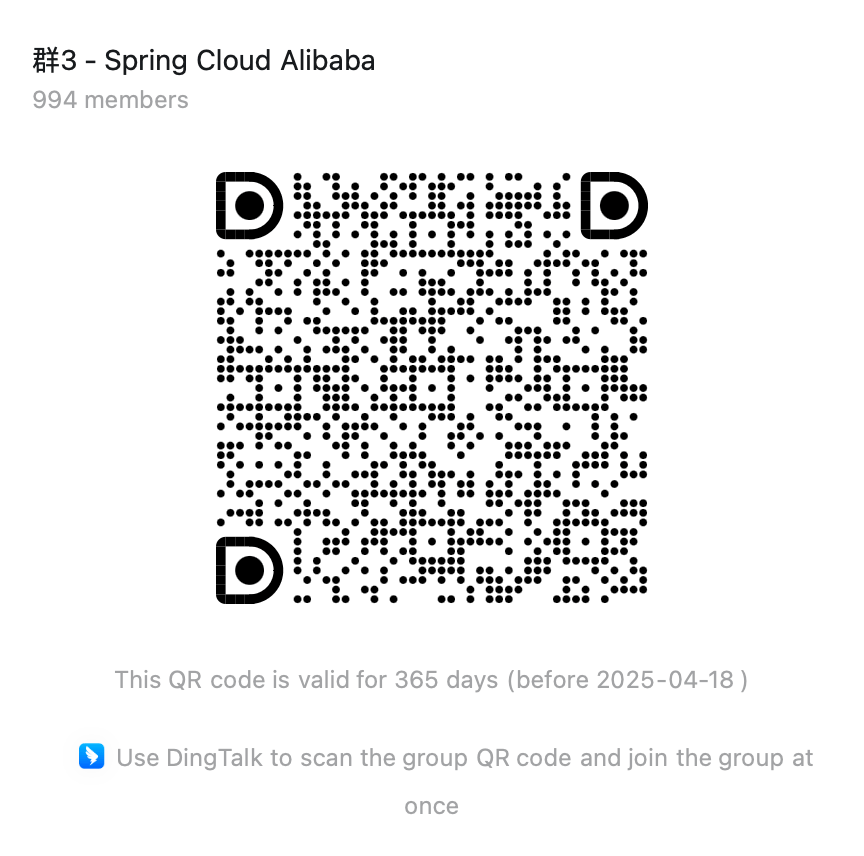Implementing MCP Client with Spring AI MCP Client Starter
Case 3: Implementing MCP Client with Spring AI MCP Client Starter
In previous cases, we saw how to manually configure and initialize MCP clients. Spring AI provides a more convenient way to use MCP through starters that greatly simplify MCP client configuration and usage. Spring AI MCP supports two different transport layer implementations: stdio-based implementation and SSE-based implementation.
Introduction to Transport Layers
stdio Transport Layer
The stdio (standard input/output) transport layer is the most basic transport implementation for MCP. It works through inter-process communication (IPC), with the specific working principles as follows:
- Process Creation: The MCP client launches a subprocess to run the MCP server
- Communication Mechanism:
- Uses standard input (stdin) to send requests to the MCP server
- Receives responses from the MCP server via standard output (stdout)
- Standard error (stderr) is used for logs and error messages
- Advantages:
- Simple and reliable, no network configuration needed
- Suitable for local deployment scenarios
- Process isolation for better security
- Disadvantages:
- Only supports single-machine deployment
- Doesn’t support cross-network access
- Each client needs to launch its own server process
SSE Transport Layer
SSE (Server-Sent Events) transport layer is an HTTP-based one-way communication mechanism specifically designed for servers to push data to clients. Its working principles are as follows:
- Connection Establishment:
- The client establishes a persistent connection with the server via HTTP
- Uses the
text/event-streamcontent type
- Communication Mechanism:
- The server can actively push messages to the client
- Supports automatic reconnection mechanism
- Supports event IDs and custom event types
- Advantages:
- Supports distributed deployment
- Can be accessed across networks
- Supports multiple client connections
- Lightweight, uses standard HTTP protocol
- Disadvantages:
- Requires additional network configuration
- Slightly more complex than stdio implementation
- Network security considerations required
3.1 stdio-based MCP Client Implementation
The stdio-based implementation is the most common MCP client implementation method. It communicates with the MCP server through standard input and output streams. This approach is suitable for locally deployed MCP servers, allowing direct launch of the MCP server process on the same machine.
Adding Dependencies
First, add the Spring AI MCP starter dependency to your project:
<!-- Add Spring AI MCP starter dependency --><dependency> <groupId>org.springframework.ai</groupId> <artifactId>spring-ai-mcp-client-spring-boot-starter</artifactId></dependency>Configuring the MCP Server
Configure the MCP server in application.yml:
spring: ai: dashscope: # Configure Tongyi Qianwen API key api-key: ${DASH_SCOPE_API_KEY} mcp: client: stdio: # Specify MCP server configuration file path (recommended) servers-configuration: classpath:/mcp-servers-config.json # Direct configuration example, choose one configuration approach # connections: # server1: # command: java # args: # - -jar # - /path/to/your/mcp-server.jarThis configuration file sets the basic configuration for the MCP client, including the API key and the location of the server configuration file. You can also choose to define server configuration directly in this file.
{ "mcpServers": { // Define an MCP server named "weather" "weather": { // Specify the start command as java "command": "java", // Define start parameters "args": [ "-Dspring.ai.mcp.server.stdio=true", "-Dspring.main.web-application-type=none", "-jar", "/path/to/your/mcp-server.jar" ], // Environment variable configuration (optional) "env": {} } }}This JSON configuration file defines the detailed configuration of the MCP server, including how to start the server process, parameters to pass, and environment variable settings.
@SpringBootApplicationpublic class Application {
public static void main(String[] args) { // Start Spring Boot application SpringApplication.run(Application.class, args); }
@Bean public CommandLineRunner predefinedQuestions( ChatClient.Builder chatClientBuilder, ToolCallbackProvider tools, ConfigurableApplicationContext context) { return args -> { // Build ChatClient and inject MCP tools var chatClient = chatClientBuilder .defaultTools(tools) .build();
// Define user input String userInput = "What's the weather like in Beijing?"; // Print the question System.out.println("\n>>> QUESTION: " + userInput); // Call LLM and print the response System.out.println("\n>>> ASSISTANT: " + chatClient.prompt(userInput).call().content());
// Close application context context.close(); }; }}This code shows how to use MCP client in a Spring Boot application. It creates a command line runner, builds a ChatClient and injects MCP tools, then uses this client to send queries and get responses.
3.2 SSE-based MCP Client Implementation
In addition to the stdio-based implementation, Spring AI Alibaba also provides an SSE (Server-Sent Events) based MCP client implementation. This approach is suitable for remotely deployed MCP servers and can communicate with MCP servers via HTTP protocol.
Adding Dependencies
First, add the Spring AI MCP starter dependency to your project:
<dependency> <groupId>org.springframework.ai</groupId> <artifactId>spring-ai-starter-mcp-client</artifactId></dependency>Configuring the MCP Server
Configure the MCP server in application.yml:
spring: ai: dashscope: api-key: ${DASH_SCOPE_API_KEY} mcp: client: sse: connections: server1: url: http://localhost:8080Using the MCP Client
The usage is the same as the stdio-based implementation. Just inject ToolCallbackProvider and ChatClient.Builder:
@SpringBootApplicationpublic class Application {
public static void main(String[] args) { SpringApplication.run(Application.class, args); }
@Bean public CommandLineRunner predefinedQuestions(ChatClient.Builder chatClientBuilder, ToolCallbackProvider tools, ConfigurableApplicationContext context) { return args -> { // Build ChatClient and inject MCP tools var chatClient = chatClientBuilder .defaultTools(tools) .build();
// Use ChatClient to interact with LLM String userInput = "What's the weather like in Beijing?"; System.out.println("\n>>> QUESTION: " + userInput); System.out.println("\n>>> ASSISTANT: " + chatClient.prompt(userInput).call().content());
context.close(); }; }}3.3 Summary
Using the MCP starter provided by Spring AI Alibaba greatly simplifies the configuration and use of MCP clients. You only need to add the appropriate dependencies, configure the MCP server, and then inject ToolCallbackProvider and ChatClient.Builder to use MCP functionality.
Depending on your deployment requirements, you can choose either the stdio-based implementation or the SSE-based implementation. The stdio-based implementation is suitable for locally deployed MCP servers, while the SSE-based implementation is suitable for remotely deployed MCP servers.
Complete example code can be found at the following links:


